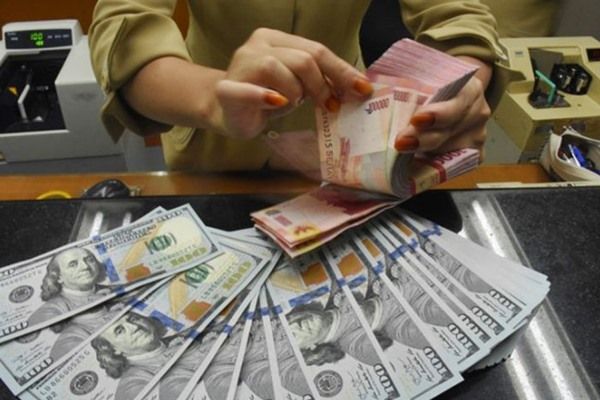The latest update from the Bank of Indonesia (BI) underscores the dynamics of Indonesia’s financial landscape. According to their recent report, Indonesia’s External Debt Position (EDP) closed the chapter on the second quarter of 2023 at a valuation of US$ 396.3 billion or an impressive IDR 6,063.39 trillion. This figure marks a notable decline compared to the External Debt Position at the conclusion of the initial quarter in 2023, which had stood at US$ 403.2 billion.
BI, in a definitive assertion, underscores that Indonesia’s External Debt (ED) for the second quarter of 2023 has experienced a tangible decline when juxtaposed against the previous quarter. Particularly noteworthy is the fact that External Debt for the month of June registers at US$ 396.3 billion, exhibiting a conspicuous drop from the US$ 398.3 billion reported in May 2023.
Delving deeper into the numbers, Erwin Haryono, the astute Executive Director of BI, reveals that Indonesia’s yearly experience with External Debt has undergone a discernible contraction in growth, amounting to 1.4% in a year-on-year comparison.
This contraction follows suit with the trajectory of the previous quarter, which exhibited a contraction of 1.9% in the same comparison. This reduction in growth is primarily attributed to the shrinking External Debt within the private sector.
Erwin Haryono elaborates on this subject, stating, “When comparing against the previous quarter, it’s evident that Government External Debt has reduced.
To be precise, the data reveals that the Government External Debt’s position, as of the conclusion of the second quarter of 2023, stands at US$ 192.5 billion. This signals a decrease from its standing in the previous quarter, which had totaled US$ 194.0 billion. Additionally, there is a year-on-year growth of 2.8%.”
The dynamic behind the reduction in the government’s External Debt position over a quarter can be attributed to the net repayment of foreign loans and the maturity of global bonds.
Notably, this decrease is offset by the rise in portfolio investments within the domestic market for Government Securities (SBN). The positive sentiment emanating from global market participants has played a pivotal role in this rise.
Erwin Haryono reiterates the unwavering commitment of the government to meticulously oversee External Debt, ensuring efficiency and accountability. He further underscores the importance of maintaining the government’s credibility in fulfilling their obligations, ensuring that both principal and interest payments are made punctually.
As a pivotal element within the state budget’s financing framework, the strategic use of government External Debt continues to be steered towards fortifying the government’s commitment to finance productive sectors and prioritized expenditures. This strategic allocation takes place with a primary aim: to ensure that Indonesia’s steadfast economic growth remains resilient amid the multifaceted global economic uncertainties.
Erwin Haryono goes on to detail that this dedication to harnessing External Debt includes a spectrum of sectors, such as healthcare and social endeavors, constituting 24.1% of the aggregate government External Debt. The realms of government administration, defense, and mandatory social security follow closely with 18.0%.
Meanwhile, the sectors of educational services, construction, and financial and insurance services command 16.8%, 14.2%, and 10.1% respectively. It is of significance to note that the government’s management of ULN remains adept, with a majority of these financial undertakings maintaining a long-term tenor, collectively accounting for a staggering 99.8% of the government’s total ULN.
This financial landscape’s structural stability is fortified by the prudent principles adhered to in its management. Notably, Indonesia’s ULN landscape in the second quarter of 2023 remains well-regulated, as evidenced by the ratio of Indonesia’s External Debt to its Gross Domestic Product (GDP).
This ratio has shifted to 29.3%, reflecting a calculated decrease from the previous quarter’s ratio of 30.1%. This meticulously managed equilibrium underscores Indonesia’s resilience and foresight in navigating its economic path.


















